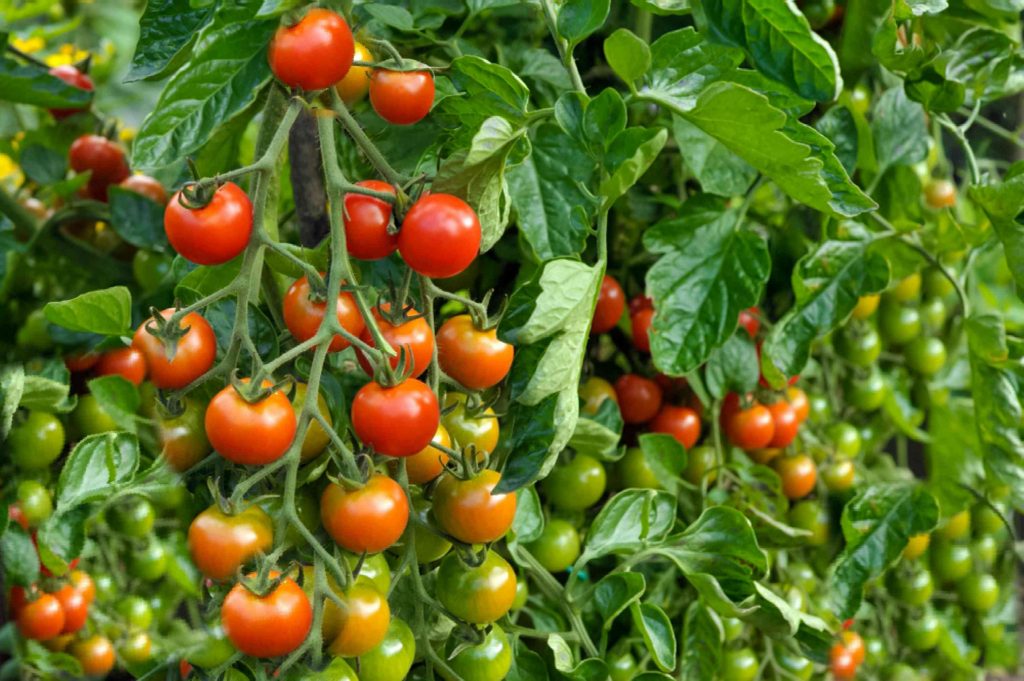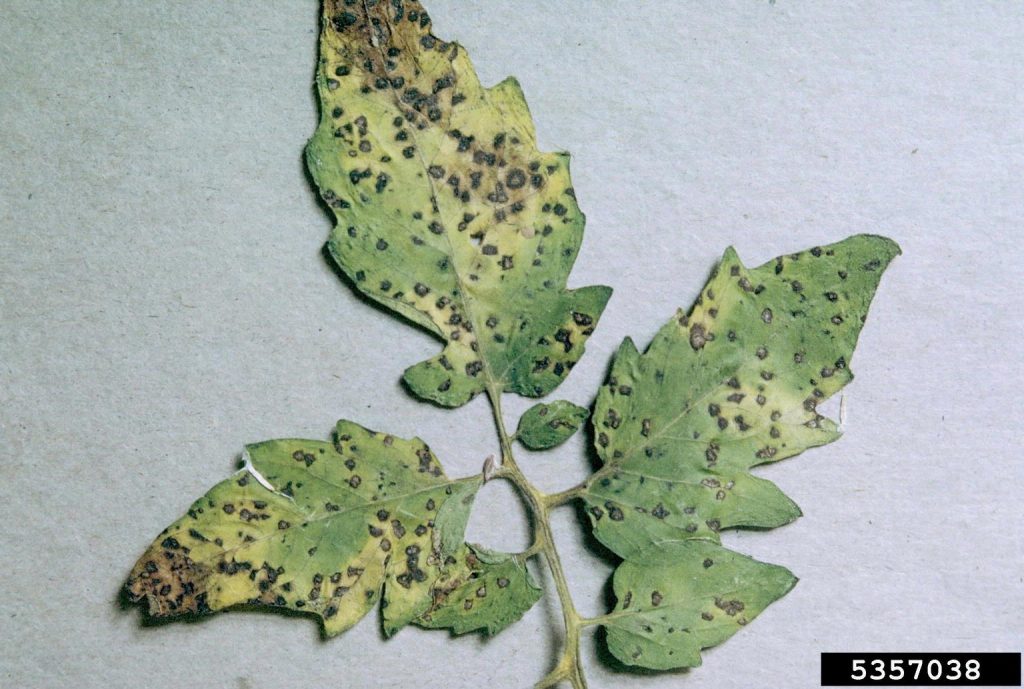If you’re one of the many people who planted a vege garden this year after being stuck home in lockdown, you’re most likely growing tomatoes right now.
Nine out of 10 gardeners grow tomatoes, and that number would be 10 out of 10 if the holdouts would taste a fresh garden tomato and compare it to a grocery store purchase. Nothing beats the taste of a fresh home-grown tomato!
Many gardeners who grow tomatoes, however, are frustrated with the progress of their plants. The plant may not set fruit. Or your tomatoes may ripen, but have ugly, spongy black spots at the bottom. Worse still, your plants may look great in the evening when you say goodnight to them, but in the morning, they’re skeletons waving empty branches in the breeze.
Welcome to the world of tomato problems. This list of common tomato problems and their solutions will help you identify an issue; whether it’s just starting or already full-blown- and show you how to correct it, so you can save your tomato plants and harvest yummy tomatoes this year.
How to Identify Tomato Plant Problems
Before diving into the list, it’s important for you to correctly identify the problem or tomato plant disease. When trying to identify tomato plant diseases, use these steps:
Identify the affected part of the plant: Is it the tomato itself, the leaves, stems, flowers, or roots?
Note differences: When you compare your tomato plant to a healthy plant, how does yours differ? For example, a healthy tomato plant has softly fuzzed, medium-green leaves. If the leaves of your plant have brown or black patches, holes, chewed edges or fuzzy mould growing on them, make a note of that before perusing the list of problems.
Look for insects: What insects do you see on your plants? If you need help identifying them, take a photo and contact us at the nursery to identify the insects.
Armed with this information, you can easily scan this list and narrow down the possible tomato plant disease caused by poor cultivation habits, bacteria, or fungi, plus learn tips on how to fix it. If a disease isn’t the issue, then insects may be the culprit.
7 Common Triggers for Tomato Plant Problems
Diseases, fungi, and certain environmental conditions can quickly cripple your plants. Oftentimes, you can rescue the tomato plant with a little TLC, but some circumstances may require you to destroy it and plant another crop in its place. Here are the most common disease and fungus triggers in tomato plants:
Over-pruning – Solution: Always use a tomato cage and leave enough foliage to shield the fruit.
Not enough calcium – Solution: Test your soil pH, apply lime and gypsum as needed. (Bring some soil into the nursery and we can do this test for you too.)
Planting before temperatures raise to ideal levels.
Too much water or too little water – Solution: Water them evenly through the growing season.
Watering overhead, which promotes fungal growths on fruit and stems – Solution: Water at the base of the plant.
Lack of air flow around plants – Solution: When planting, space tomato plants at appropriate distance from one another and prune leaves (but not too much) as they grow.
The seventh is Leaf spot; With all this wet weather around it seems the most common issue this season so far and one to keep an eye out for.
Leaf Spot
After long periods of rain/overhead watering or even high humidity leaves can begin to break out in black spots. Foliage dies and falls off and if left untreated will spread to other plants and cause eventual death. This is caused by a fungus called Septoria lycopersici that infects foliage. Treatment includes removing infected leaves as they appear. And if roughly more than 50% of the plant is infected the use the use of an organic fungicide is preferable. Eco Fungicide or Copper are great choices, or you can make your own with the recipe below. All methods need to be applied after every rain event for the best result.
Bicarb spray:
2 teaspoonfuls bicarbonate of soda,
1 drop of biodegradable dishwashing liquid
1 litre of water.
Happy gardening,
Caitlin Sawyer
Wingham Nursery & Florist
02 65534 570
Find us on Facebook



